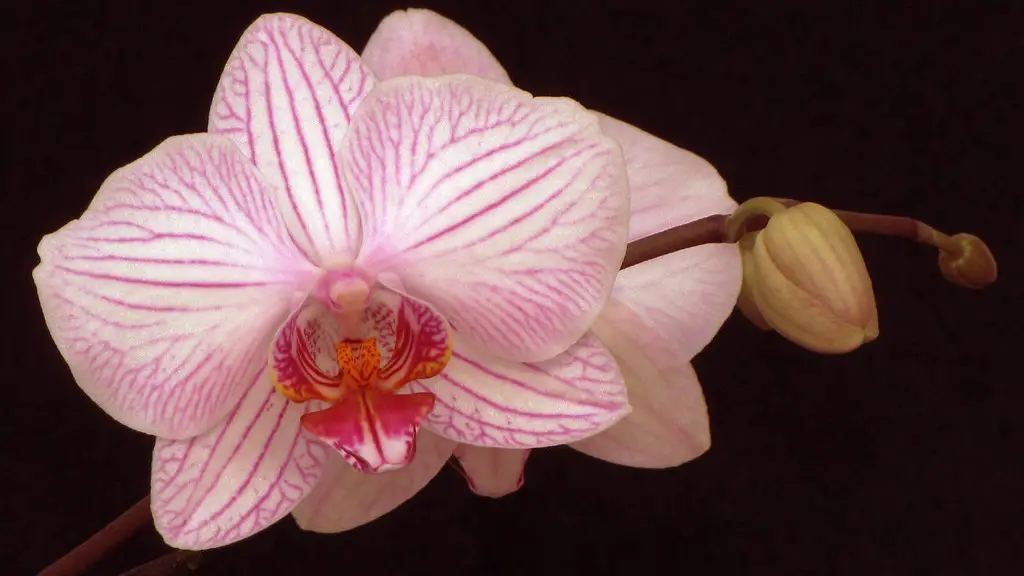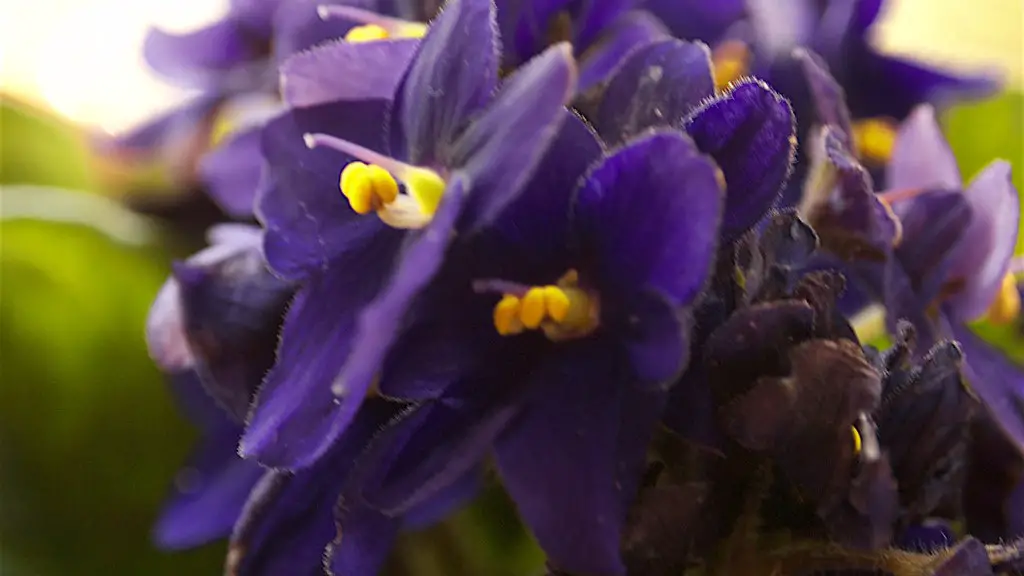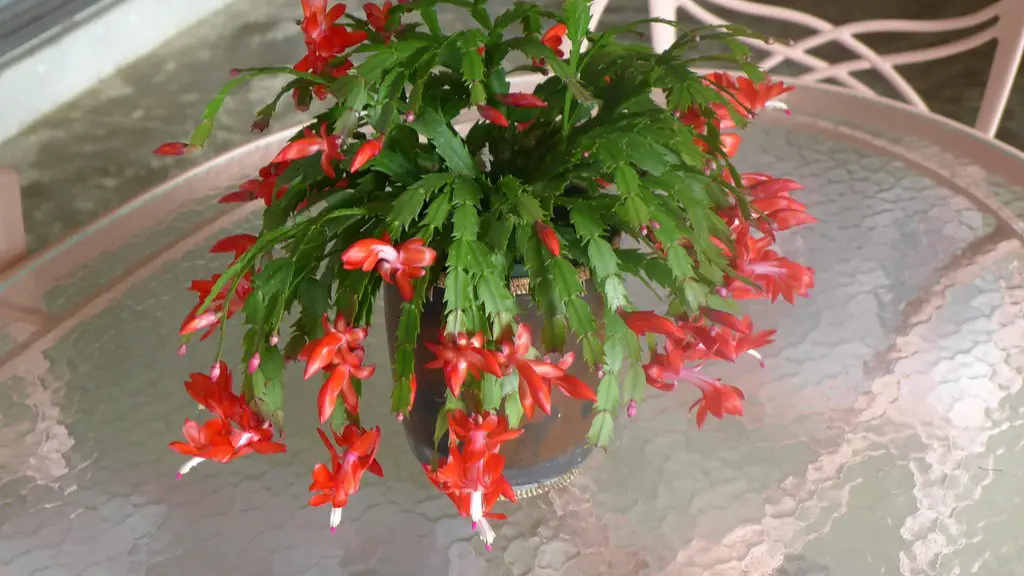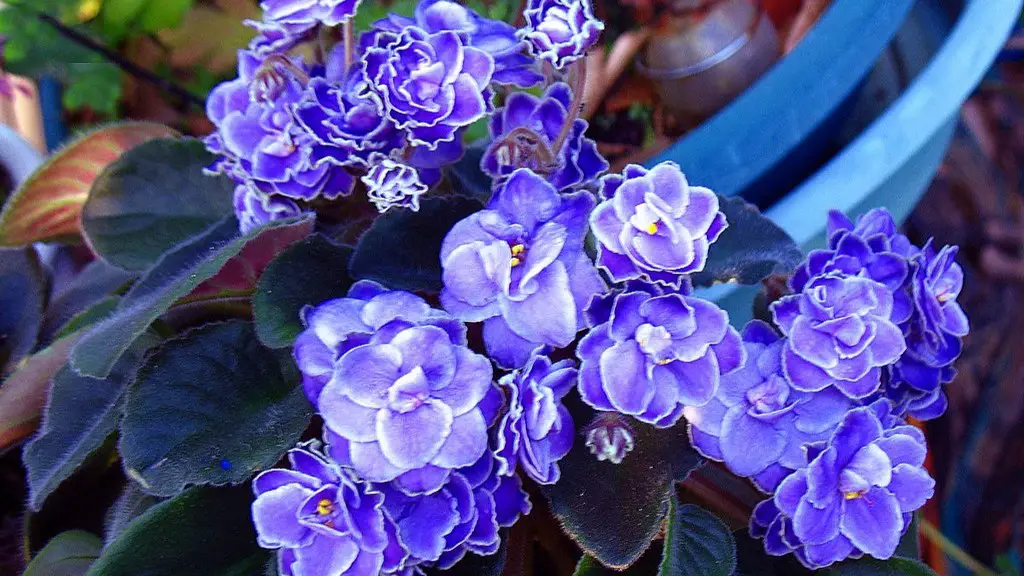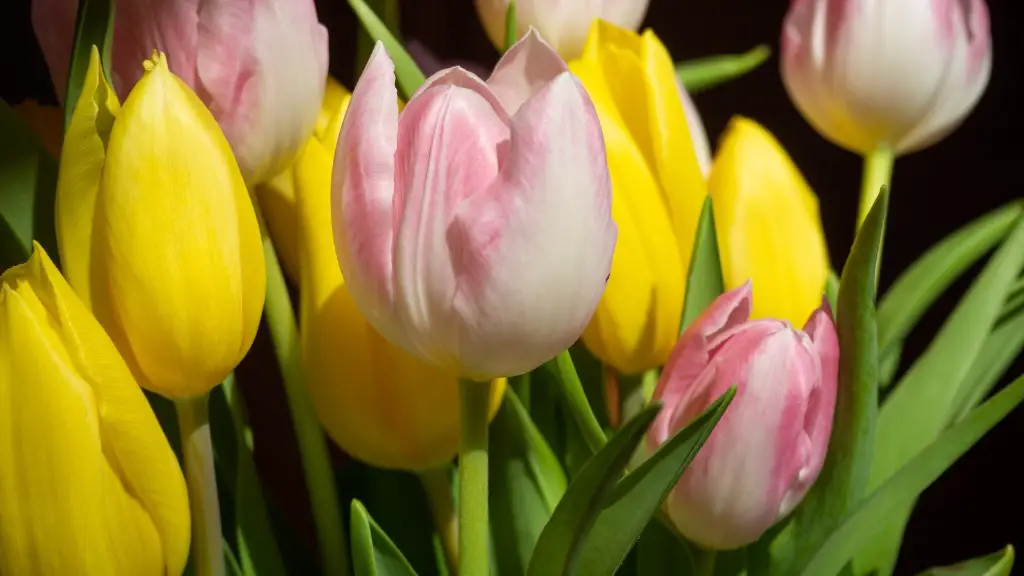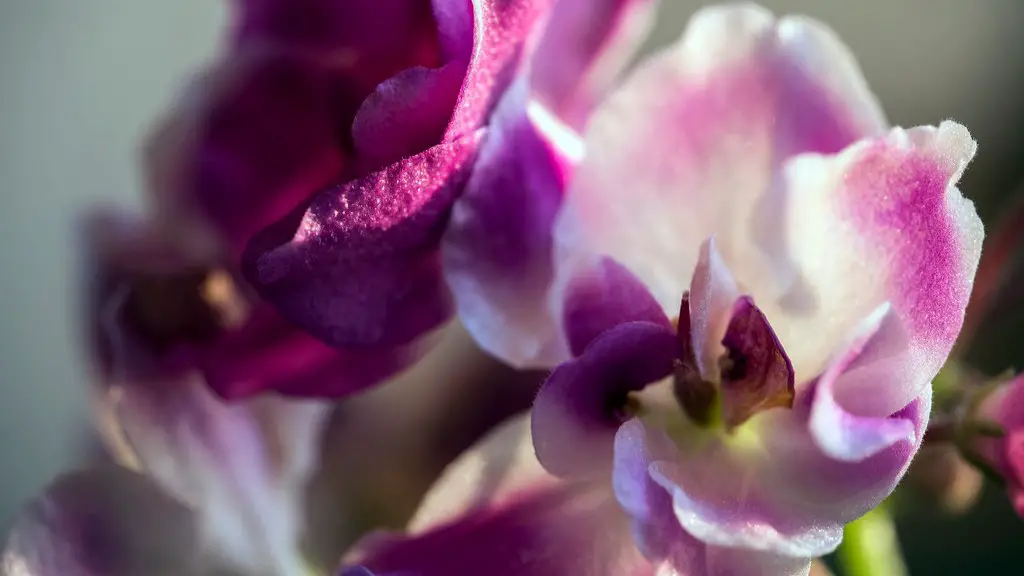Phalaenopsis orchids are one of the most popular types of Orchids, and they make beautiful houseplants. Though they’re sometimes called “Moth Orchids,” they’re easy to care for if you follow a few simple guidelines. Here’s what you need to know to keep your Phalaenopsis orchid healthy and blooming.
1. Keep your orchid in a bright spot, but out of direct sunlight.
2. Water your orchid about once a week, or when the potting mix feels dry to the touch.
3. Apply a high-quality orchid fertilizer once a month during the growing season.
4. Allow your orchid to dry out between watering.
5. Repot your orchid every two or three years.
How do you keep Phalaenopsis orchids alive?
Orchids are one of the most beautiful and delicate flowers, which means they can be difficult to keep alive. However, with a little bit of care, you can keep your orchid alive and blooming for months. Here are five tips:
1. Let there be light. Orchids need bright, indirect light to thrive. An east-facing window that gets morning light is ideal.
2. Not too hot, not too cold. Phalaelnopsis are happy in the same temps we are: above 60º at night and between 70º and 80º during the day.
3. Cut spent blooms. This encourages the plant to produce more flowers.
4. Remember food and water. Orchids need to be fertilized every two weeks and watered when the potting mix is dry to the touch.
5. Repot on occasion. Orchids should be repotted every one to two years to refresh the potting mix and ensure that the plant has enough room to grow.
If your phal is potted in bark, watering once a week is generally sufficient. If your plant is potted in moss, water when the top feels dry. The amount of light and heat your plant receives will also affect how soon your phal needs watering. Summer months will need more frequent watering, winter will need less.
How do you care for Phalaenopsis orchids after they bloom
It’s important to water your orchid regularly, about every 7 days, or when it begins to dry out. You should also fertilize your orchid with a granular or liquid orchid fertilizer once a month. There’s no need to fertilize an orchid while it’s blooming. You may also need to repot your orchid occasionally, after the bloom is finished, with orchid potting mix.
Phalaenopsis orchids are commonly referred to as moth orchids. They are one of the longest blooming orchid genera, producing flowers that last from 2 to 6 months before dropping! Phalaenopsis orchids have also been known to bloom 2 to 3 times per year once they have reached a mature size.
How many times a year do Phalaenopsis bloom?
The flowers of a phalaenopsis orchid usually bloom for several months, and the plant can be pollinated again during this period. It can take anywhere from 9 to 14 months for an orchid to complete a life cycle. If it does not die, it can typically re-bloom once every 8 to 12 months.
Orchids are a beautiful and delicate flower, but they can be difficult to grow. There are a number of factors that can cause orchids to wilt and die, including lack of water, lack of fertilizer, lack of light, and wrong growing medium. Overwatering is one of the most common problems, and can quickly damage or kill the plant. It’s important to make sure that orchids are getting the right amount of water, fertilizer, and light, and that they’re being grown in the right type of environment.
Should I mist my Phalaenopsis orchid?
Orchids are a beautiful type of flower that can brighten up any room. They generally love humid conditions because they’re a tropical plant. The easiest way to recreate their humid home is by misting them with a spray bottle.
One way to increase the humidity around your orchids is to set the pots on top of a tray of pebbles and fill the tray with water. Make sure the water level is below the bottom of the pots so that the roots are not sitting in water. The evaporation of the water will increase the humidity in the air around the plant.
Can I water my orchid with tap water
When watering an orchid plant, always use distilled water or water that has been collected from rain. Do not use softened water as it contains salts that may damage the plant. Most chlorinated tap water can be used as long as the chlorine concentration isn’t too high.
Most phalaenopsis species are native to areas close to the Equator and do not need a specific photoperiod to induce flowering. Instead, it is the low temperature that triggers phalaenopsis to start the flowering process. This means that if you live in a cooler climate, you may need to provide some artificial cooling to your plants in order to get them to flower. However, once they start the flowering process, they will not need any additional cooling.
Where do you cut the orchid after the blooms fall off?
It’s important to trim your orchid spikes correctly in order to encourage healthy growth. For unhealthy, brown spikes, cut all the way back to the base of the plant. For double-spike orchids, cut one spike at the base of the plant and the other spike 1 inch above the node under the lowest flower bloom.
If you notice your orchid’s roots pushing up above the rim of the pot or reaching out into the air, it’s time to re-pot the plant. Orchids prefer a small pot, so that their roots can weave through the compost as they grow. When they run out of room, they start to search for breathing space.
What time of year does Phalaenopsis bloom
It’s time to repot your Phalaenopsis orchids! These beautiful plants bloom in the late winter through the spring, but by late June or July, they’ll start to lose their blooms. Wait until they’re out of bloom to repot them, and they’ll be good as new for next season.
Water your orchid about once a week, soaking the roots for 10 minutes each time. Allow the water to drain out completely between watering. Uneven watering will result in shallow or uneven root growth. After you have watered your orchid, feel the weight of the container; it will be heavy.
How do you look after indoor Phalaenopsis?
To care for a moth orchid, keep them warm, in good light, water regularly and re-pot every couple of years. Occasionally wipe the leaves with a damp cloth to remove any dust. Moth orchids often form roots above the compost that look like they’re trying to clamber out of their container.
Just because your orchid no longer has its blooms doesn’t mean you should stop watering it. Continue to water your orchid with three ice cubes (one ice cube for orchid minis) on the usual day each week.
How do you make an orchid grow a new spike
Orchids are a beautiful, popular plant. To encourage blooming, it is recommended that you place the plant in an area with a lower room temp (55-65 degrees F at night). One option is to place the orchid in a window away from the heater. Some people have the most success in getting new flower spikes during winter, when homes and windows are not as warm.
This is a good way to encourage your plant to produce more flowers. By cutting back the stem to the nearest bud, you are stimulating the plant to produce another flower stem. This can help to keep your plant looking fuller and more vibrant.
Conclusion
1.Phalaenopsis orchids are one of the most popular types of orchids, and they are also pretty easy to care for. Here are a few tips on how to look after your phalaenopsis orchid:
2. water your orchid about once a week, or when the potting mix feels dry to the touch. Be careful not to overwater your orchid, as this can lead to root rot.
3. fertilize your orchid every two weeks with a balanced fertilizer.
4. provide your orchid with bright, indirect sunlight.
5. repot your orchid every two to three years, in a pot that is only slightly larger than the current one.
Following these simple tips should help you keep your phalaenopsis orchid healthy and blooming for many years to come!
When it comes to taking care of a Phalaenopsis orchid, the most important thing is to make sure that it gets enough light. If you can provide it with indirect sunlight for a few hours each day, that would be ideal. Secondly, make sure that you water it regularly, but don’t allow the roots to sit in water for too long. Allow the potting mix to dry out in between watering. Lastly, don’t forget to fertilize your orchid every few weeks to keep it healthy and blooming.
